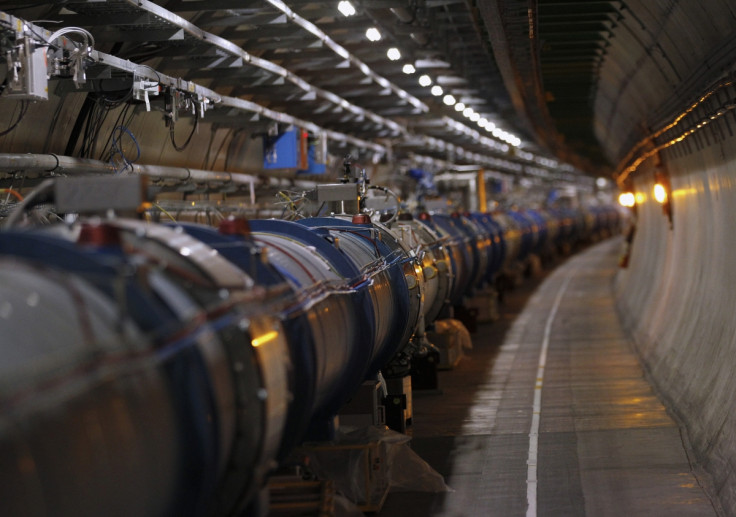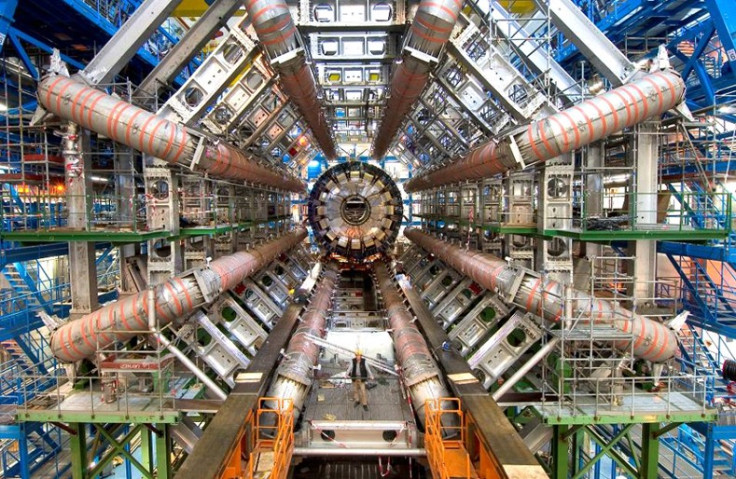Cern Large Hadron Collider detects extremely rare particle decays confirming Standard Model

Cern has announced the first observation of extremely rare decays of particles known as neutral B mesons, confirming the Standard Model of physics.
The particle decay was observed at the Large Hadron Collider as part of a collaborative experiment between the Large Hadron Collider beauty (LHCb) and the Compact Muon Solenoid (CMS).
What is the Standard Model?
The Standard Model is a theory that explains how the building blocks of matter interact and how they are governed by four fundamental forces – the strong force, the weak force, the electromagnetic force, and the gravitational force.
It was developed in the early 1970s and since then has explained almost all experimental results and is now established as a well-tested physics theory. However, even though it is currently the best description of the subatomic world, it does not provide the whole picture – it incorporates only three of the fundamental forces, excluding gravity.
It also does not answer questions about what dark matter is or what happened to antimatter after the big bang.
The LHCb experiment investigates the slight differences between matter and antimatter by investigating a type of particle dubbed the "beauty quark" or "b quark". The CMS is a general purpose detector that studies everything from the Standard Model to extra dimensions and potential dark matter particles.
Published in the journal Nature, scientists announced the first observation of the very rare decay of B0s particles into two muon particles. The Standard Model – the theory that describes the world of particles – predicts this process happens around four times in every billion decays but it had never been observed before.
The data used came from the LHC in 2011 and 2012 and the findings also contain hints of a similar but even rarer decay of B0 into two muons (B0 is a cousin of B0s).
These particles are mesons – non elementary, unstable subatomic particles composed of a quakr and an antiquark. They are bound together by the strong interaction and are produced only in high-energy collisions, such as those seen at the LHC or in cosmic-ray interactions.

Both the CMS and LCHb experiments announced B0s decay in 2013, but the individual results fell below the statistical precision needed to confirm an observation. By combining the analysis, they easily reached the required precision.
Cern director general Rolf Heuer said: "This result is an excellent example of cooperation between different experiments and illustrates the impressive precision that can be reached when experiments combine their data."
LHCb spokesperson Guy Wilkinson added: "It is testament to the excellent performance of the LHC, and the sensitivity of our experiments, that we have been finally able to observe this extremely rare but important decay."
The discovery has important implications for the search for new particles, as well as phenomena beyond the Standard Model. The data gathered in future runs of the LHC will increase the precision of the B0s measurements and will look to see if the decay of B0 are confirmed – critical results that will help scientists advance the hunt for new physics.
CMS spokesperson Tiziano Camporesi said: "The search for new particles and the study of rare decays are complementary strategies for discovering new physics. The precision with which the experiments can measure these key decay rates will steadily improve, thus limiting the viable extensions to the Standard Model."
© Copyright IBTimes 2025. All rights reserved.






















